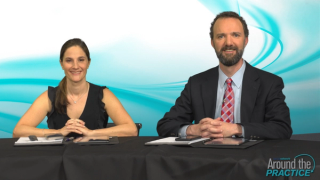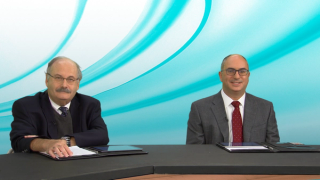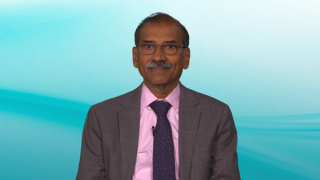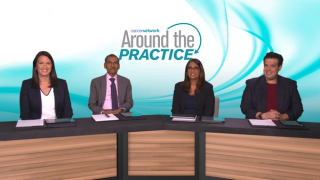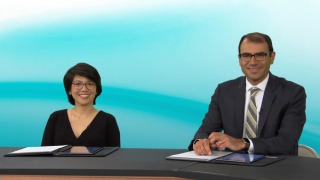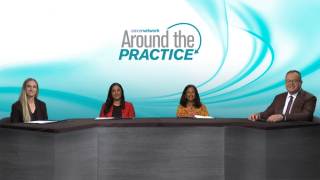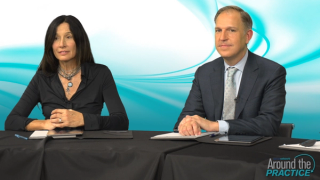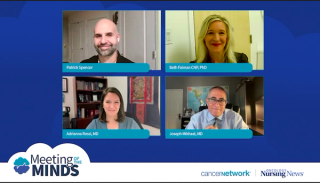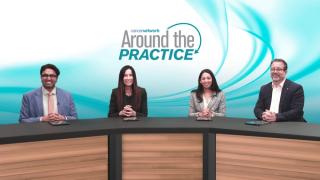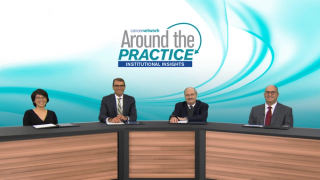
Multiple Myeloma
Latest News
Video Series

Latest Videos
More News

Results from the DREAMM-7 and DREAMM-8 trials support the approval of belantamab mafodotin with chemotherapy in relapsed/refractory multiple myeloma.

Data from the phase 3 CEPHEUS trial support the European Commission’s approval of the daratumumab-based regimen.
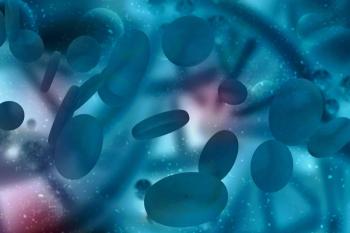
Subgroup data from the IMROZ trial showed Isa-VRd improved survival and responses vs VRd alone in patients who were frail with newly diagnosed myeloma.

A real-world analysis showed that 56 mg/m2 of carfilzomib once weekly offered many benefits over 56 mg/m2 twice weekly and 70 mg/m2 once weekly in myeloma.
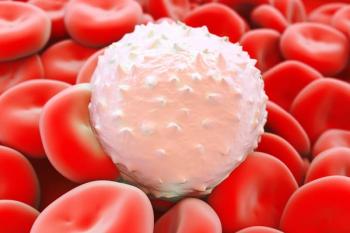
Cytokine release syndrome events primarily occurred during step-up and the first full dosing cycle in patients with relapsed/refractory multiple myeloma.

Modakafusp alfa induced the upregulation of the type 1 interferon gene signature score, and increased CD38 receptor density in CD-38–positive cells.
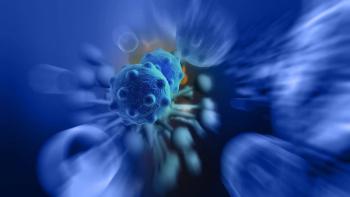
Updated findings from the CENTAURUS study may support the use of daratumumab monotherapy in those with intermediate- or high-risk smoldering myeloma.
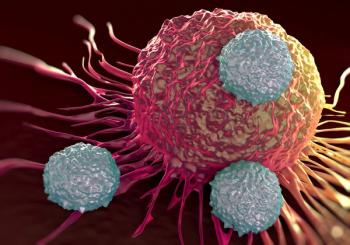
Elotuzumab in combination with pomalidomide, bortezomib, and dexamethasone was well tolerated in patients with relapsed/refractory multiple myeloma.
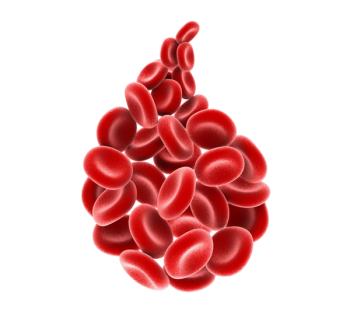
Final OS analysis data from the OPTIMISMM trial support sequencing a pomalidomide-based regimen after lenalidomide failure in relapsed/refractory myeloma.
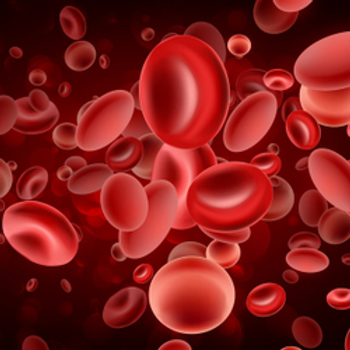
Carfilzomib, lenalidomide, and dexamethasone results from the real world continued to show effective responses and a tolerable safety profile.
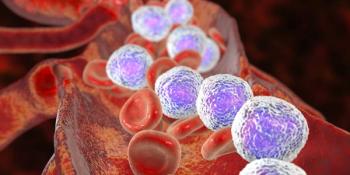
A cancer care team contemplated the methods and reasoning for handling a complex case of heavily pretreated relapsed or refractory multiple myeloma.
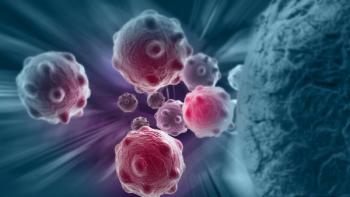
Lenalidomide capsules and dasatinib tablets have received FDA approval through an abbreviated new drug application for various hematologic malignancies.

Updated findings from the MAIA trial support the use of frontline daratumumab plus lenalidomide/dexamethasone in transplant-ineligible NDMM.

A real-world study assessed treatment patterns and outcomes of elderly patients with lenalidomide-refractory multiple myeloma after 1 to 3 therapy lines.

Daratumumab would become the sole anti-CD38 agent available for all newly diagnosed multiple myeloma types if approved.

The absence of a PFS and OS benefit in the transplant arm was consistent across key subgroups in the phase 3 GMMG ReLApsE trial.
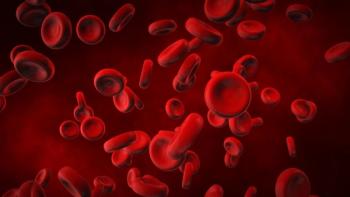
Daratumumab plus lenalidomide/dexamethasone for multiple myeloma showed improved 5-year health-related quality of life vs lenalidomide/dexamethasone alone.

Data highlight a need for randomized clinical trials to compare the efficacy and safety of VRD vs VTD in transplant-eligible multiple myeloma.
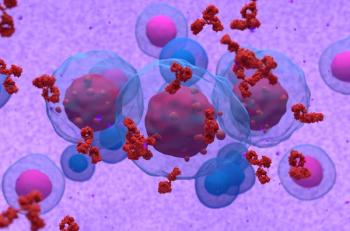
Despite prior relapses, 200 mg of linvoseltamab elicited complete responses or better in 49.6% of patients with relapsed/refractory multiple myeloma.

Phase 2 data support the use of a modified quadruplet regimen omitting dexamethasone after 2 cycles in elderly transplant-ineligible multiple myeloma.

Isatuximab plus bortezomib, lenalidomide, and dexamethasone demonstrated enhanced MRD-negativity rates and a PFS benefit in patients with newly diagnosed multiple myeloma.

Patient-reported outcomes from CARTITUDE-4 showed a median time to sustained worsening of symptoms of 23.7 months with cilta-cel and 18.9 months with standard of care.

Hematology oncology experts discuss recent developments in CAR T-cell therapies as well as bispecific therapies for the treatment of patients with R/R MM.
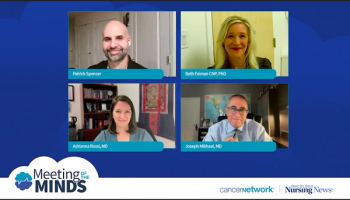
This segment examines Dr. Mikhael's approach to comparing ide-cel and cilta-cel for patient selection, emphasizing how patient traits, efficacy, and safety profiles influence treatment decisions across different groups.

Idecabtagene vicleucel led to high rates of MRD negativity in multiple myeloma who responded did not have complete responses to first-line therapy.



![“These findings highlight the critical need to address PEM in the management of [patients with multiple myeloma] with ACHF to mitigate the associated poor clinical outcomes,” according to the study authors.](https://cdn.sanity.io/images/0vv8moc6/cancernetwork/4de1e119837b011168a7884a19a600b14bb6a258-3600x2400.jpg)



